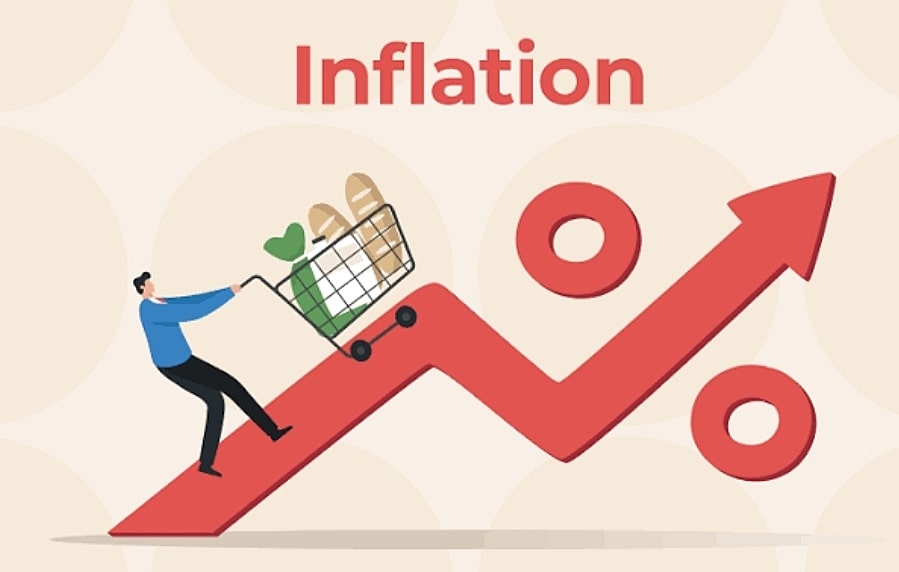National Debt
It is also known as public debt, as it is the outstanding financial obligation of a country. The national debt is a word used to refer to the amount of money that is owed by a government to its creditors. It contains both debts held by the public, that is debt held by government agencies, and the amount owed to private investors and institutions. For example Social Security Trust Fund. The national debt can have a notable impact on a country’s economy. If it grows too large relative to the size of the economy. This is due to the interest payments on the debt can become a burden on the government.
Steps Involved in Measuring National Debt
There are many steps that contain in measuring the national debt. That usually involves a complex process that contains a variety of metrics and data sources. There are key steps involved in measuring national debt those are as follows.
1. Identify the Debt Instruments
In measuring national debt the first step is to measure the national debt is to identify the debt instruments that are held by the government. This can include notes, Treasury bonds, and debt held by government agencies.
2. Calculate the Outstanding Debt
The total amount of outstanding debt is being calculated. This process involves adding up the face value of all the debt instruments that are held by the government currently.
3. Consider the Net Debt
With the total outstanding debt, the net debt should also consider as it is also important. That considers any assets that the government holds that can be used to offset its liabilities. For example, the government may have assets or investments that can be used to pay down its debt.
4. Calculate the Debt-to-GDP Ratio
The debt-to-GDP ratio is a metric used for measuring national debt. That usually compares the amount of debt to the size of the economy. Because of this, there is an idea of how much debt the government is taking on relative to its ability to repay it.
5. Consider the Interest Payments
It is essential to consider the interest payments on the debt, which can be a burden on the government and the economy. This process involves calculating the percentage of the government’s budget that is devoted to servicing the debt and the total amount of interest that the government is paying on its debt.
6. Identify the Holders of the Debt
They should identify and know the holders of the debt of the government. This will significantly provide awareness of the potential risks associated with the debt. If in case a huge amount of debt is held by foreign investors or governments. This will eventually create concerns about the government’s ability to repay the debt.
7. Assess the Maturity of the Debt
The length of time until the debt must be repaid or the maturity of the debt is an important factor to consider when measuring national debt. Debt in the short term can create greater risks over the long term if the government’s financial position deteriorates or interest rates rise. As longer maturities may be less risky.
8. Analyze the Impact of Inflation
If the interest rates on the debt are fixed the inflation can have a significant impact on the value of the government’s debt. Inflation can create challenges for the government in terms of addressing any potential risks associated with the debt and managing its finances.
9. Consider the Economic and Political Environment
The economic and political environment can also have a notable impact on the government’s ability to manage its debt. If the economy is in a political situation that is unstable. This may bring challenges for the government in terms of managing its finances or raising revenue.
10. Evaluate the Government’s Policies
It is important to evaluate the initiatives and government policies in relation to the national debt. This process can include its tax policies, assessing the government’s spending priorities, and efforts to promote economic stability and growth among other factors. Due to this process, analysts and policymakers can better understand the drivers of national debt and develop strategies. So that they can manage it effectively.










